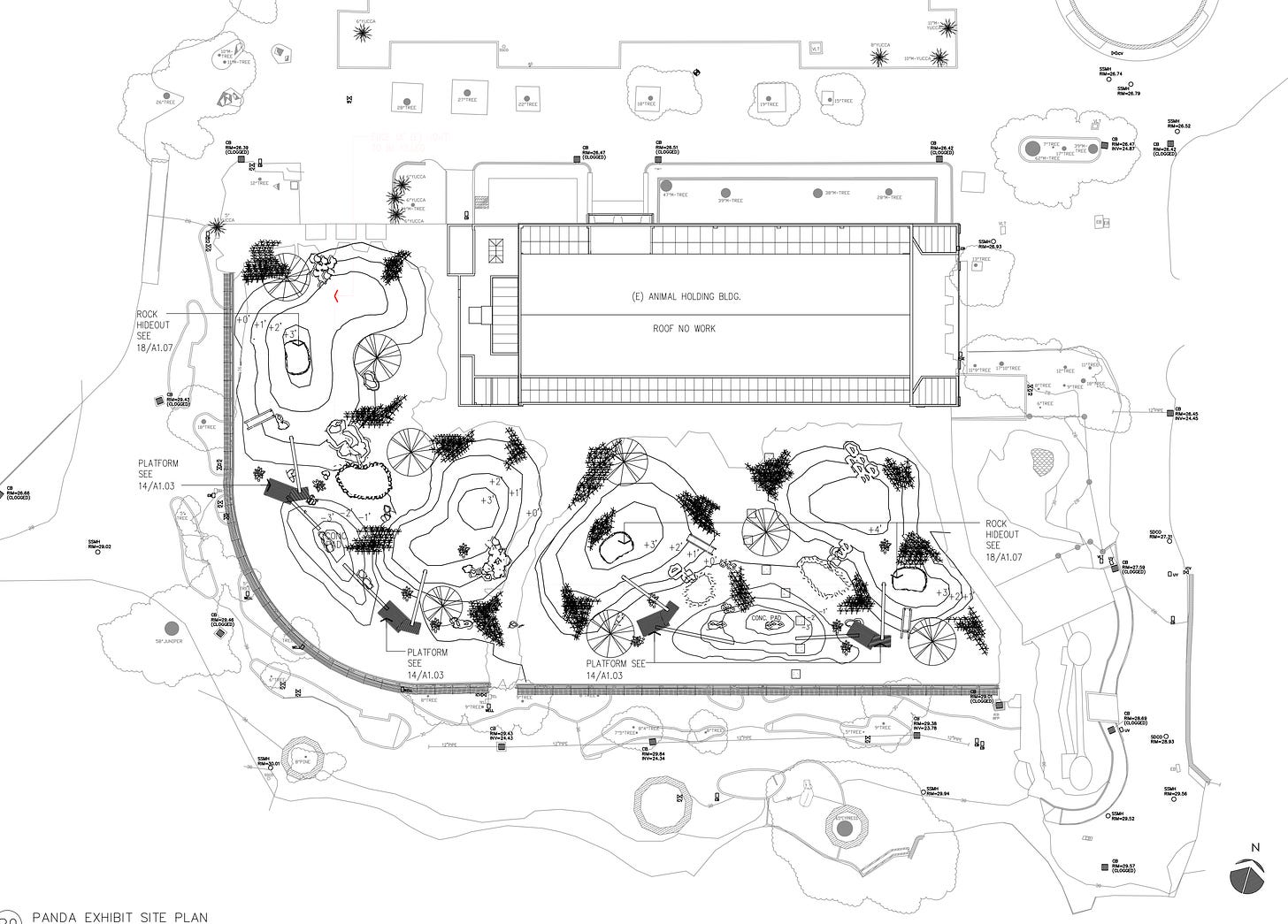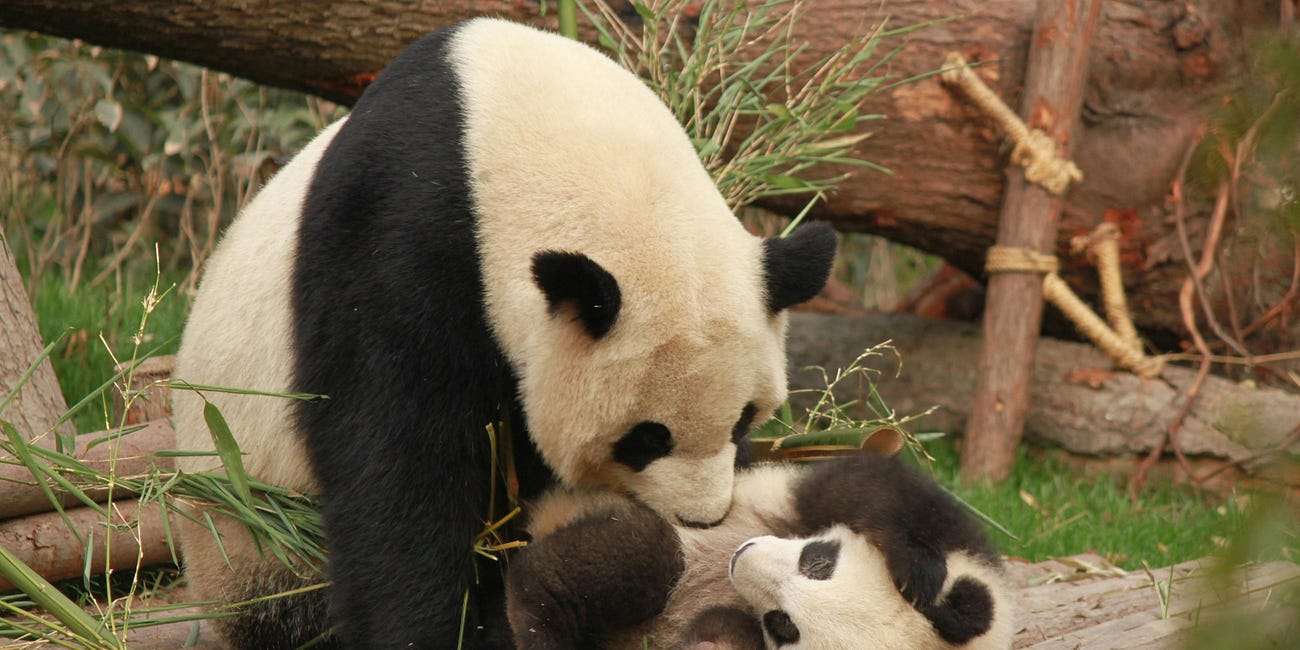SF Zoo’s Panda Expansion Approved by City Planning
Exhibit overhaul moves forward—but raises serious concerns over animal welfare, ethics, and transparency

Controversy is once again circling the San Francisco Zoo as newly unveiled plans for the panda and lion exhibit renovations were formally submitted to the San Francisco Planning Commission. The ambitious dual-exhibit overhaul, which includes converting the Lion House into a panda cage and relocating the lions to the African Savannah zone, is being led by none other than former Planning Commissioner Frank Fung—a name familiar to many not only for his past influence on city planning, but for his documented history of ethics violations during his tenure.
As someone who has followed the zoo's operations closely, I have serious concerns about how this project is being handled—especially when it comes to animal welfare. This isn’t just a flashy upgrade or a chance to boost attendance with pandas. It’s a major reshuffling of animals, enclosures, and ecosystems—and it’s being done for optics, not for the benefit of the animals.
Let’s start with the pandas. The plan is to bring them into a retrofitted building that was never designed for them. Pandas are incredibly sensitive animals with very specific care requirements—temperature, nutrition, noise control, mental stimulation. The idea that you can adapt a decades-old lion enclosure with some playrooms and fake rocks and call it suitable for one of the world’s most vulnerable species is deeply flawed.
We should be asking: is this the right environment for pandas, or just the most convenient one?
The Case Against Pandas at the San Francisco Zoo
The San Francisco Zoo’s plan to rent pandas from China might seem like a public relations dream, but beneath the surface lies a web of ethical dilemmas, financial mismanagement, and troubling priorities. Pandas are not a conservation solution—they…
Meanwhile, the current lions are being displaced to a new enclosure that raises major red flags. According to the plans, the new lion exhibit is located right next to the Hoofstock Barn—home to prey species like giraffes and zebra. This means the lions could be within constant view or smell of animals they would instinctively want to hunt. That isn’t stimulating enrichment—it’s psychological torment.
Predator-prey proximity like this creates stress for both groups. Lions can become agitated and frustrated when they sense prey but can’t act on those instincts. Prey animals, in turn, can suffer fear and anxiety when they feel constantly threatened. That’s not theoretical—it’s backed by decades of behavioral science. And yet this setup is moving forward as if it’s just another design feature.
The fact that this entire project was fast-tracked with a CEQA exemption and minimal public review makes it even harder to accept. We’re talking about two species with dynamic needs —and a huge investment of public trust and resources—yet decisions are being made behind closed doors, with little to no accountability.
And yes, I do think it matters that this is being led by someone with a history of ethics violations. That’s not just a footnote—that’s a pattern of conduct that should raise questions about who is benefiting from this project, and who isn’t.
This should be a moment for San Francisco to lead in animal care and conservation. Instead, it feels like a rushed effort to chase headlines and donations without doing the hard work of building facilities that actually meet the needs of the animals.
If we’re serious about conservation, we need to slow down and listen to the people who know these species best—keepers, vets, animal welfare experts. We need to ask better questions and demand better answers. Because once the cement is poured and the doors are locked, it’s the animals—not the architects or administrators—who will have to live with the consequences.
Here are the full plans submitted to the SF Planning Commission:
Here is the SF Planning Commission Approval:

